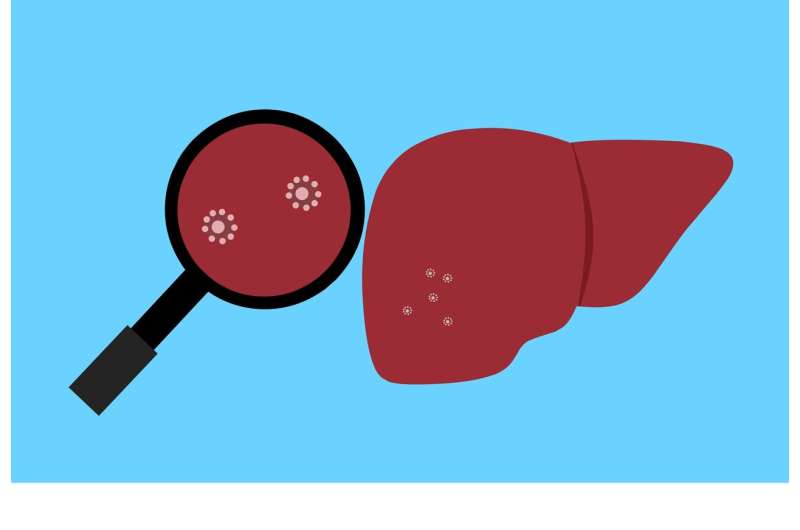Most US Children Enroll in Medicaid But Coverage Gaps Persist by Age 18

A comprehensive study shows that while most children in the US enroll in Medicaid or CHIP by age 18, many face coverage gaps, risking long-term access to essential health services amid recent policy changes.
A recent study highlights that by the time children reach 18 years old in the United States, a significant majority have been enrolled in Medicaid or the Children's Health Insurance Program (CHIP), yet many experience interruptions in their coverage during childhood. According to a microsimulation model developed by researchers at Harvard T.H. Chan School of Public Health, about 61% of children will have enrolled in these programs by age 18, but 42% will have faced periods of being uninsured at some point.
This comprehensive study is the first to track the cumulative insurance experience of children over their entire childhood, providing vital insights into the reach and limitations of Medicaid and CHIP, especially amidst recent policy changes. The study was published in the Journal of the American Medical Association (JAMA).
The research contextualizes recent policy shifts, such as the termination of approval for multiyear continuous coverage waivers by the Centers for Medicare and Medicaid Services in July 2025. Additionally, the federal budget reconciliation law passed the same month projects a reduction of Medicaid funding by $1 trillion, with an anticipated loss of 10 to 15 million enrollees. These factors could further impact long-term insurance coverage among children.
To mitigate data limitations, the researchers used a combination of national natality, socioeconomic, demographic, and insurance data to simulate individual insurance trajectories from birth through age 18. Their findings estimate that, under current policies similar to those from 2015 to 2019, 61% of children will have enrolled in Medicaid/CHIP, but a notable 42% will have experienced coverage gaps.
The study also reveals disparities based on state Medicaid expansion status. Children born in non-expansion states are more likely to face gaps, with 59% experiencing uninsured periods compared to 36% in expansion states. States with more restrictive income eligibility thresholds for Medicaid and CHIP see higher rates of coverage interruption.
Senior author Nicolas Menzies emphasizes concern over future policy changes potentially exacerbating these gaps, especially affecting noncitizen children and families facing work requirements or state-level Medicaid cuts. Overall, the findings underscore the importance of safeguarding and improving long-term coverage for vulnerable pediatric populations.
Source: [https://medicalxpress.com/news/2025-09-majority-children-enroll-medicaid-coverage.html]
Stay Updated with Mia's Feed
Get the latest health & wellness insights delivered straight to your inbox.
Related Articles
Innovative Drug Enhances Immune Attack on Liver Cancer by Targeting Fat Metabolism
A groundbreaking drug developed at McMaster University shows promise in fighting liver cancer by blocking fat metabolism and activating the immune system, particularly B cells, offering new hope for treatment-resistant cases.
New Insights into Mouse Neurons That Distinguish Social Friends and Enemies
Scientists from Kobe University have identified specific neurons in mice that control social recognition and empathetic behavior, offering new insights into the neural basis of social cognition and potential implications for neuropsychiatric disorders.
California Cannabis Use Survey Reveals Growing Consumption and Knowledge Gaps
A recent survey in California highlights widespread cannabis use, notable health benefits, and significant gaps in user knowledge and safety practices following legalization efforts.
FDA Approves Injectable Leqembi for Early Alzheimer's Disease Treatment
The FDA has approved Leqembi Iqlik, a new subcutaneous injectable for early Alzheimer's disease, offering a faster, more convenient treatment option for patients after initial IV therapy.



